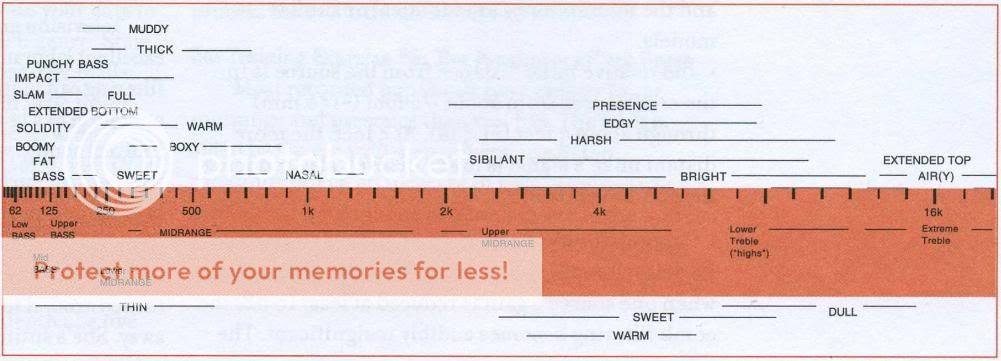-
Wondering what's worthwhile? Get personalised Black Friday buying advice from the What Hi-Fi? reviews team right here!
-
Black Friday 2025 is here: follow our liveblog for the latest!
Speaker frequency curves: +/- 3 or 6 dB?
- Thread starter matt49
- Start date
You are using an out of date browser. It may not display this or other websites correctly.
You should upgrade or use an alternative browser.
You should upgrade or use an alternative browser.
A
Anderson
Guest
I read it, I believe I understand the message regarding misleading specification of +/- 3db however I'm not qualified on the subject one way or another.
Something to consider is that it was published by someone with an interest (manufacturer). Also of note is that they're basically saying here's some more audio foo to keep an eye out for.
Anyone else?
Something to consider is that it was published by someone with an interest (manufacturer). Also of note is that they're basically saying here's some more audio foo to keep an eye out for.
Anyone else?
Thompsonuxb
New member
- Feb 19, 2012
- 125
- 0
- 0
That figure +3db/-3db I thought refered to the slope that the speaker is specified to work within, 0db being the optimum/point of reference - its measured in db so its looking at an electrical 'signal' as opposed to watts, voltage & current. ........ maybe
matt49 said:I’d be interested in your thoughts about this paper. What exactly do speaker frequency curve figures mean?
http://qsc.com/files/8913/6278/6523/3dB_or_6dB_white_paper.pdf
:cheers:
Matt
An ideal speaker would have a flat response from the lowest to the highest audio frequencies. Measuring them in this way shows exactly how far they deviate from that ideal.
As my old maths lecturer used to say, "you have got to know you limits".
The confusing thing to most hi-fi enthusiasts is that dB is not an absolute measurement, it is a ratio.
In audio it is used to define the difference between sound levels and is logarithmic.
As the article suggests, the +/- 3dB is a measure of smoothness, ie the response (of a speaker in this case) falls with in the +/- dB 'window' whch can be 'moved' up and down to fit. In this case the reference for the +/- variation is itself variable.
In the case of -6dB, we need a reference point to measure the -6dB point from, it might be the output at 1khz, the average output in the midband or something else entirely. The manufacturers are rarely specific.
Printed response curves are far more useful, be careful with the vertical scale though, once again they are often chosen to show a product at it's best.
The confusing thing to most hi-fi enthusiasts is that dB is not an absolute measurement, it is a ratio.
In audio it is used to define the difference between sound levels and is logarithmic.
As the article suggests, the +/- 3dB is a measure of smoothness, ie the response (of a speaker in this case) falls with in the +/- dB 'window' whch can be 'moved' up and down to fit. In this case the reference for the +/- variation is itself variable.
In the case of -6dB, we need a reference point to measure the -6dB point from, it might be the output at 1khz, the average output in the midband or something else entirely. The manufacturers are rarely specific.
Printed response curves are far more useful, be careful with the vertical scale though, once again they are often chosen to show a product at it's best.
A frequency response graph speaks plenty about a speaker. A -6dB window is usefull for acoustic suspension boxes since they start to decay sooner but slower compared to a bass reflex box. In some rooms a sealed box will even sound with deeper bass than a ported one.
You can also see how the speakers were voiced and what to expect from their 'character.'

You can also see how the speakers were voiced and what to expect from their 'character.'

Similar threads
- Replies
- 155
- Views
- 20K
- Replies
- 5
- Views
- 6K
- Replies
- 22
- Views
- 7K
- Replies
- 7
- Views
- 3K
TRENDING THREADS
-
-
-
Question Rega Planar 2 vs Audio Technica AT-LPW40WN?
- Started by vincentjoshuaet
- Replies: 33
-
-
-
-

Space.com is part of Future plc, an international media group and leading digital publisher. Visit our corporate site.
© Future Publishing Limited Quay House, The Ambury, Bath BA1 1UA. All rights reserved. England and Wales company registration number 2008885.
